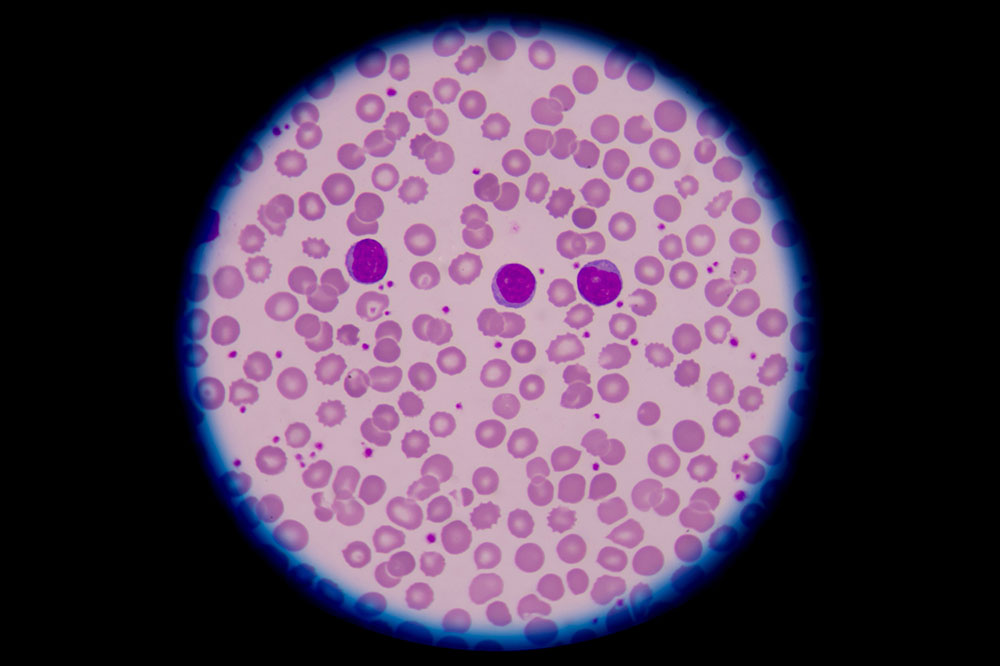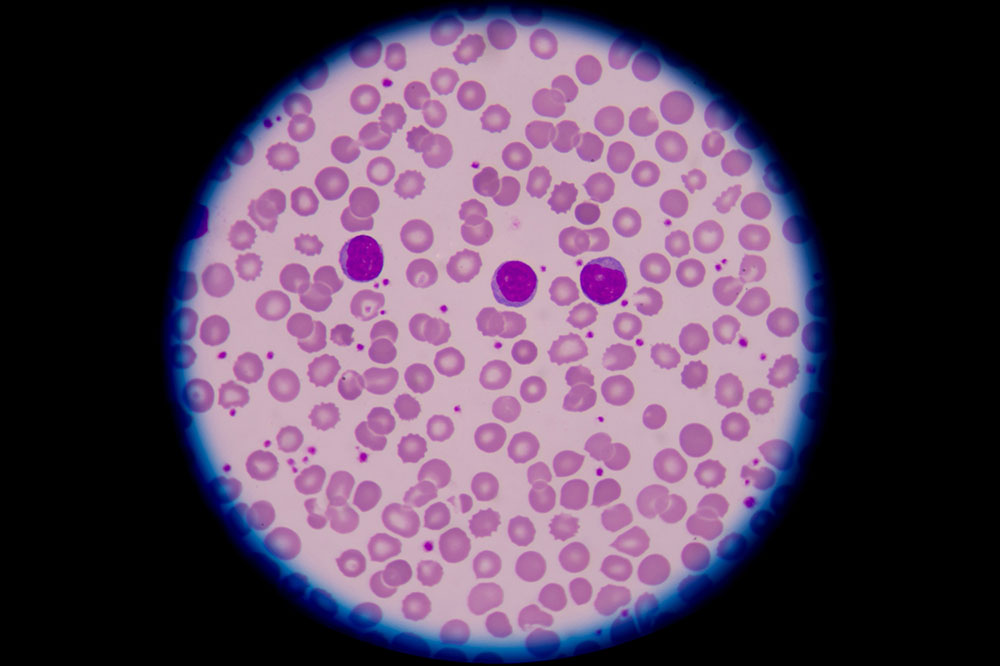Comprehensive Guide to Bone Marrow Cancers: Symptoms, Diagnosis, and Modern Treatments
This comprehensive article explores bone marrow malignancies, detailing their types, symptoms, diagnostic approaches, and latest treatment options. It emphasizes early detection, individualized therapy, and advances in cancer management to improve patient outcomes. An essential resource for understanding these complex diseases, it guides patients and healthcare professionals alike in navigating diagnosis and treatment strategies.

Comprehensive Guide to Bone Marrow Cancers: Symptoms, Diagnosis, and Modern Treatments
Bone marrow is a crucial component of the human body's hematopoietic system, responsible for producing red blood cells, white blood cells, and platelets. This vital tissue resides within the central cavities of bones, especially in the pelvis, long bones, ribs, and vertebrae. Its proper functioning is essential for maintaining healthy blood composition and supporting immune defenses. When abnormal growths develop within the bone marrow, it can lead to severe health issues, known collectively as bone marrow malignancies. These cancers affect millions worldwide, with diverse forms and treatment strategies tailored to each specific type.
Bone marrow malignancies are a diverse group of cancers originating either directly within the marrow or as a consequence of cancer spread from other parts of the body. Recognizing the different categories and understanding their unique characteristics is key to early diagnosis and effective treatment planning. A detailed grasp of symptoms, diagnostic techniques, and available therapies can improve patient outcomes significantly.
Types of Bone Marrow Malignancies
Bone marrow cancers are primarily classified into two broad categories: primary and secondary. Each classification encompasses several specific types, including multiple myeloma, leukemia, lymphoma, and certain sarcomas, each with their own pathophysiology and clinical implications.
Primary Bone Marrow Cancers: These originate directly within the bone marrow and include diseases such as leukemia, multiple myeloma, and certain lymphomas. These cancers develop from abnormal proliferation of blood cells or plasma cells within the marrow itself, disrupting normal hematopoiesis.
Secondary Bone Marrow Cancers: These cancers result from metastasis, where malignant cells from other primary tumors spread through the bloodstream or lymphatic system and invade the marrow. Common primary sites include the breast, prostate, lung, or kidney.
Common Variants and Their Characteristics
Within the spectrum of bone marrow malignancies, several notable subtypes are significant due to their prevalence and impact:
Multiple Myeloma: This is a malignant proliferation of plasma cells within the marrow that disrupts normal blood cell production. As these abnormal plasma cells accumulate, they displace healthy cells and weaken bones, leading to fractures, pain, and other systemic symptoms.
Leukemia: Leukemia presents as an overproduction of abnormal white blood cells that crowd out healthy blood cells. This interruption impairs the body's ability to fight infections, causes anemia, and leads to easy bruising or bleeding.
Lymphomas: These are cancers originating in lymphatic tissue but can sometimes infiltrate the marrow. Lymphomas often involve swelling of lymph nodes, night sweats, and unexplained weight loss.
Osteosarcoma: Although primarily a bone tumor, osteosarcoma frequently develops at the ends of long bones like the femur, tibia, or arm bones. It can metastasize to the marrow, complicating diagnosis and treatment.
Detecting Bone Marrow Malignancies
Accurate diagnosis is vital for effective management. Specialists use a combination of clinical evaluation, laboratory tests, imaging, and biopsy procedures to identify bone marrow cancers:
Blood Tests: Complete blood counts (CBC), serum protein electrophoresis, and specific markers help reveal abnormal cell populations or protein peaks associated with malignancies like multiple myeloma.
Bone Marrow Biopsy: A definitive diagnostic tool involving extracting a sample from the marrow for microscopic examination, allowing for precise identification of malignant cells.
Imaging Techniques: X-rays, Magnetic Resonance Imaging (MRI), Computed Tomography (CT), and Bone scans visualize structural abnormalities, lesions, or tumors within bones and marrow.
Additional Tests: Cytogenetic analysis, flow cytometry, and molecular studies assist in understanding genetic abnormalities and guiding targeted therapies.
Recognizing Symptoms of Bone Marrow Malignancies
Early detection depends heavily on recognizing clinical signs. Symptoms often overlap with other illnesses but persistent or worsening signs warrant medical evaluation:
Persistent or increasing pain and swelling in affected bones
Palpable lumps or masses in limbs or long bones
Unexplained fatigue and general weakness
Fragile bones that break easily
Unintentional weight loss and loss of appetite
Frequent infections or fevers
Bruising, bleeding, or anemia symptoms
Nausea, vomiting, or nausea-related discomfort
Numbness, tingling, or paralysis in limbs due to nerve compression
Treatment Strategies for Bone Marrow Cancers
While complete cures are challenging, advances in medical science have significantly improved management, symptom control, and survival rates. Treatment plans are highly individualized, considering factors like cancer type, stage, patient age, and overall health. Common therapeutic options include:
Chemotherapy: Utilization of cytotoxic drugs to destroy malignant cells, often combined with other treatments for better efficacy.
Immunotherapy: Boosts the body's immune response to target and eliminate cancer cells more effectively, often using monoclonal antibodies or checkpoint inhibitors.
Pain and Symptom Management: Medications including analgesics and corticosteroids to sustain patient comfort.
Bisphosphonates: Drugs that help strengthen bones, reduce fractures, and alleviate bone pain, especially in multiple myeloma.
Cytotoxic Drugs: Targeted agents designed to inhibit tumor growth and proliferation.
Radiation Therapy: Localized radiation to shrink tumors, relieve pain, and eradicate residual malignant tissue, especially useful in localized disease.
Advanced and Supportive Treatments
Patients with relapsed or refractory disease may benefit from additional approaches such as stem cell transplantation or targeted molecular therapies. Surgical intervention might be necessary in specific cases, such as removing localized tumors or stabilizing weakened bones.
Ongoing research continues to explore novel treatments, including gene therapy, personalized medicine, and targeted immunomodulation, offering hope for future improvements in cure rates and quality of life.





